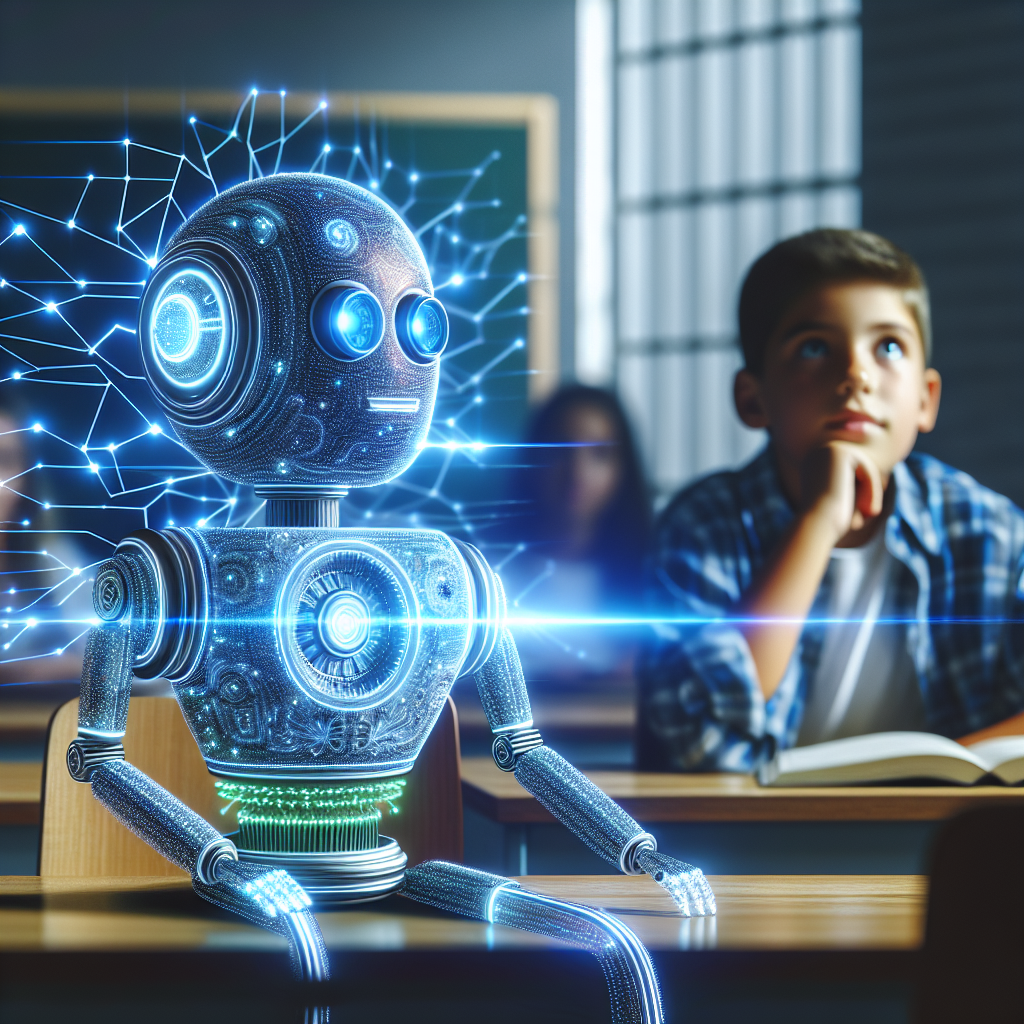The Rise of Chatbots in Education: Enhancing Student Support Services
In recent years, the use of chatbots in education has been steadily increasing. These automated systems are designed to interact with users in a conversational manner, providing answers to questions and offering support in real-time. Chatbots have the potential to revolutionize the way students access information and receive assistance, making the educational experience more efficient and personalized.
Chatbots can be integrated into various aspects of education, including student support services. These virtual assistants can help students navigate the complexities of academic life, providing guidance on course selection, scheduling, and academic resources. They can also offer personalized recommendations based on a student’s individual needs and preferences, helping to enhance the overall learning experience.
One of the key benefits of chatbots in education is their ability to provide instant support to students. With the rise of online learning and remote education, students may not always have immediate access to a human advisor or instructor. Chatbots can fill this gap by providing round-the-clock assistance, answering questions and offering guidance whenever students need it.
Additionally, chatbots can help to streamline administrative processes in education. By automating tasks such as enrollment, registration, and course selection, chatbots can free up valuable time for teachers and staff to focus on more complex and impactful aspects of their work. This can lead to a more efficient and effective education system, benefiting both students and educators alike.
Another important role of chatbots in education is their ability to personalize the learning experience for students. By collecting and analyzing data on a student’s behavior and preferences, chatbots can offer personalized recommendations and support tailored to each individual’s needs. This can help students stay engaged and motivated in their studies, leading to better academic outcomes.
In addition to student support services, chatbots can also be used to enhance communication between teachers, administrators, and students. By providing a centralized platform for information and communication, chatbots can help to improve collaboration and coordination within educational institutions. This can lead to a more cohesive and efficient learning environment, benefiting all stakeholders involved.
Overall, the rise of chatbots in education represents a significant opportunity to enhance student support services and improve the overall educational experience. By leveraging the power of artificial intelligence and automation, chatbots can help to streamline administrative processes, personalize learning experiences, and provide instant support to students whenever they need it.
FAQs:
Q: How do chatbots work in education?
A: Chatbots in education are automated systems that use artificial intelligence to interact with users in a conversational manner. They can answer questions, provide information, and offer support to students and educators in real-time.
Q: What are the benefits of using chatbots in education?
A: Chatbots can provide instant support to students, streamline administrative processes, personalize learning experiences, and enhance communication within educational institutions. They can help to improve the overall educational experience for students and educators alike.
Q: Are chatbots replacing human teachers and advisors in education?
A: Chatbots are not intended to replace human teachers and advisors in education. Instead, they are designed to complement and enhance the work of educators by providing additional support and assistance to students.
Q: How can educational institutions implement chatbots in their student support services?
A: Educational institutions can implement chatbots in their student support services by working with technology providers to develop and customize chatbot solutions that meet their specific needs and requirements. They can also train staff and students on how to use chatbots effectively.
Q: What are some examples of successful implementations of chatbots in education?
A: Some examples of successful implementations of chatbots in education include virtual advisors that help students with course selection and scheduling, automated enrollment systems that streamline administrative processes, and personalized learning assistants that offer tailored support to students.
In conclusion, the rise of chatbots in education represents a significant opportunity to enhance student support services and improve the overall educational experience. By leveraging the power of artificial intelligence and automation, chatbots can help to streamline processes, personalize learning experiences, and provide instant support to students whenever they need it. Educational institutions that embrace chatbot technology stand to benefit from increased efficiency, improved communication, and better outcomes for students and educators alike.

